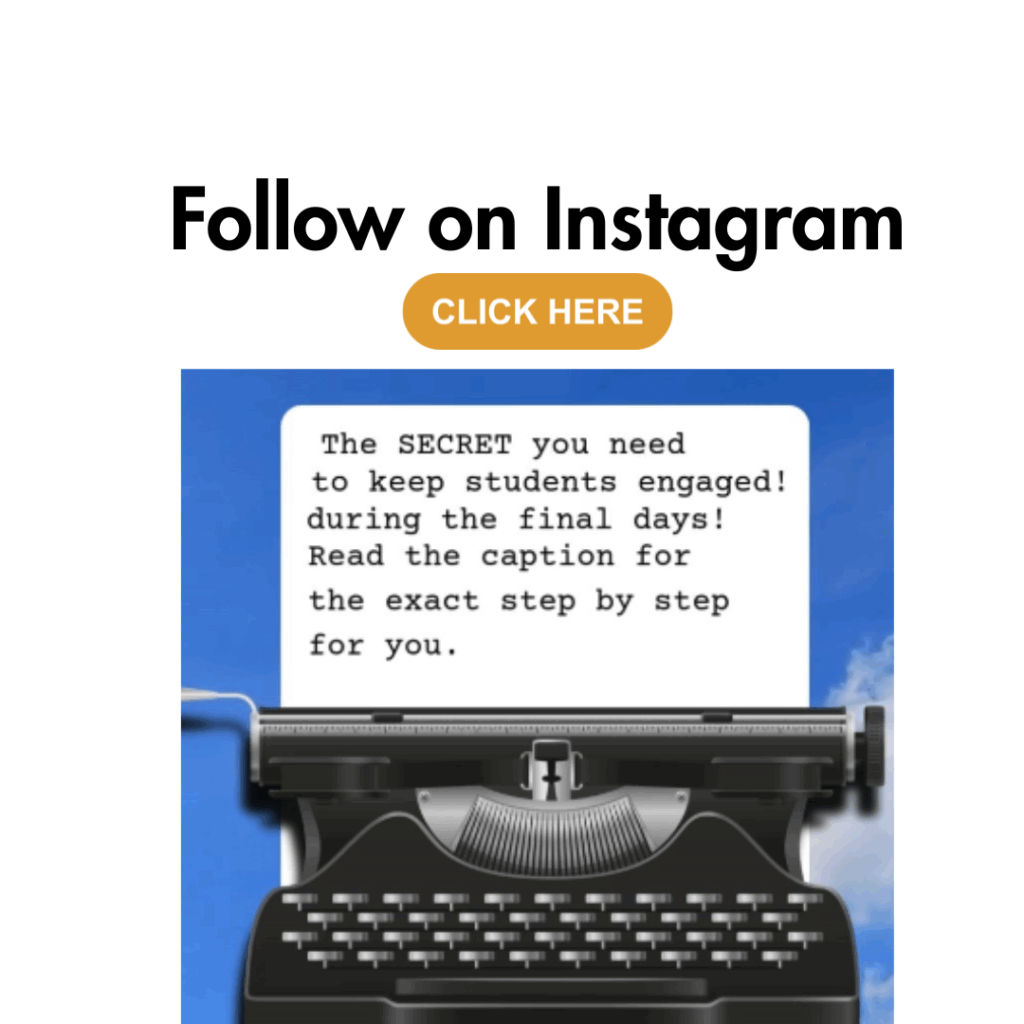Classroom organization is more than just making things look nice. A well-organized classroom supports focus, cuts down on distractions, and makes your school day run more smoothly. From your teacher table to student supplies, everything should have a right place. If you’re overwhelmed by your messy desk or tired of spending too much time hunting for dry-erase markers or glue sticks, this guide is for you. I’ll walk through practical, no-nonsense ideas to help you make the most of your classroom space.

Why is Classroom Organization important?
Classroom organization is like setting up a well-stocked kitchen. When everything has a place, spices are within reach, knives are sharpened, and recipes are organized, it’s easier to cook up something great.
Classroom organization is about creating a learning space that supports your teaching style and helps students develop their own organizational skills. Whether it’s using plastic containers for small pieces or setting up a teacher toolbox with quick access to extra supplies, organization is a system, not just a look.
Think of it this way: can you find your lesson plans in under a minute? Can students locate extra work or student material without interrupting small group time? A good classroom organization system answers yes to both.
How Do You Organize a Classroom for Effective Teaching and Learning?
Start with zones. Divide your room into different sections: a reading nook with book bins and picture books, a writing center stocked with plastic bags or ziplock bags for small items, a teacher desk area with desk drawers labeled by day of the week, and table groups for collaborative work. Assign each zone a function and fill it with only what’s needed. Make sure there is no catch all space. Everything has a home.
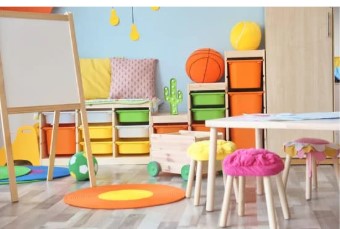
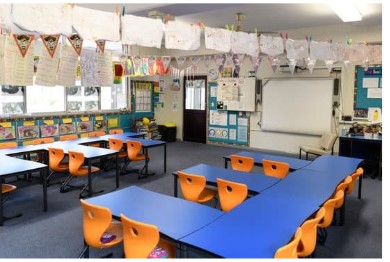
Use editable labels on plastic bins, file folders, and even shoe organizers. Label everything clearly. If it’s not labeled, it will be misplaced. Keep your filing cabinet organized by topic, subject, or standard. Use digital files too. Keep copies of anchor charts, favorite tips, and assessments in Google folders labeled for quick access.
Don’t forget wall space. Anchor charts, bulletin boards, and classroom jobs all play a role in setting expectations. Display student work to build ownership. It’s not just about decorations. It’s about purpose.
organizing for the Beginning and End of the Year
- At the beginning of the year, keep things simple. Focus on routine and labeling. Use favorite classroom organization tips to build habits.
- At the end of the year, take inventory. Toss dried-out glue sticks, refill teacher cart bins, and relabel anything that got worn down.
- Keep a stash of extra work, extra supplies, and a checklist for packing up your entire classroom.
Build Routines
A well-organized classroom is more than just neat shelves. It’s supported by routines. Model the expectations.
1. Model It Like a Lesson
Don’t assume students know what clean up your area really means. Model it, step by step. For example:
- Push in chairs
- Return supplies to the correct bins
- Pick up anything on the floor
- Stack papers in the right tray
- Check the job chart for today’s role
Use think-alouds and practice like you would any new skill. Don’t take anything for granted.
2. Assign Cleanup Roles
Turn routines into responsibility. Rotate simple jobs weekly so everyone has a turn:
- Floor Checker: Picks up scraps or pencils under tables
- Paper Monitor: Checks trays and files papers
- Supply Restocker: Refills pencil cups and glue sticks
- Technology Helper: Plugs in devices or returns headphones
- Anchor Chart Monitor: Makes sure visuals are tidy and intact
Post a job chart and build 2–3 minutes at the end of the day for these roles. Students will take pride in doing their part.
3. Use Visual Checklists
Young learners benefit from visuals. Post a simple cleanup checklist on the board or at each center. Use icons for non-readers (a pencil, a bin, a chair). Older students still appreciate visual reminders.
4. Incorporate a Timer or Cleanup Song
Adding structure boosts follow-through. Use a timer, bell, or a short song to keep students focused. A two-minute upbeat song helps signal that it’s time to reset the room without nagging.
5. Make It a Reflection Opportunity
Every so often, pause and ask: “What worked today during cleanup?” or “What could we improve tomorrow?” You can even use exit slips or quick sticky note reflections. This keeps routines fresh and shows students you value their input.
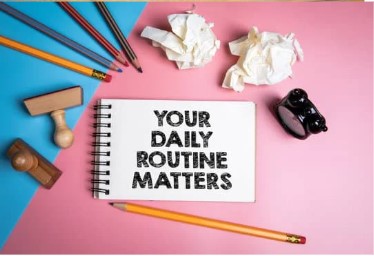
What Is the Best Way to Arrange a Classroom?
There is no one-size-fits-all, but here are some better ways to get started:
15 Ways to Organize Your Classroom
- Use a teacher cart to keep your materials mobile.
- Label your plastic bins by subject or day.
- Color-code your supplies by small groups or topic.
- Use ziplock bags to store small pieces like game cards.
- Try a shoe organizer for storing dry-erase markers, glue, or art supplies.
- Designate a spot for new student bags so you’re always ready.
- Keep a small basket of extra supplies near your teacher desk.
- Store read alouds by theme in a labeled crate.
- Use desk drawers for quick-grab items and label them clearly.
- Organize digital files just like paper ones and create folders for each unit.
- Post a “Where It Goes” chart to help with students’ help in cleanup.
- Keep favorite classroom organization tips in a journal or binder.
- Use tidy tubs for scrap paper and extra work collection.
- Make a list of things that are frequently used and give each a permanent home.
- End each school time with a 2-minute tidy session. Let students reset the space.
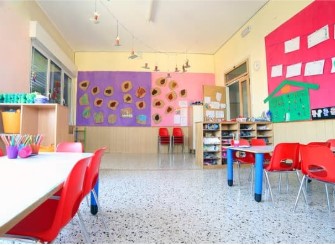
Favorite Classroom Organization Ideas That Actually Work
- Keep a list of things that always get lost. Then assign them a home.
- Use plastic bins for daily papers labeled Monday through Friday.
- Store read alouds by theme or time of year in file folders or plastic containers.
- Have a great tool like a rotating supply caddy at each table group.
- Use a teacher toolbox with labeled drawers: staples, paperclips, push pins, etc.
Digital Organization Matters Too
Your physical classroom may be spotless, but if your computer desktop is a mess, that’s a problem. Organize digital files by teaching materials, assessments, student data, and lesson plans. Use consistent naming conventions and store everything in folders labeled by day of the week, unit, or topic. Backup your data at the end of the school year.
Conclusion: Organization Saves You Time
You don’t need Pinterest perfection. You need function. Whether it’s prepping for the first week of school or cleaning up at the end of the day, a few consistent systems go a long way. Pick your top three favorite ways to stay organized and build from there.
The best classroom organization ideas are the ones that work for you, not just the ones that look good. When you can find what you need in little time, when students can work independently, and when your space supports your goals, you’ve got an organized system worth keeping.
Additional Resources to Add to Your Toolbox
- How to Teach Reading Comprehension for Fiction
- How to Design a Cute Reading Corner
- Reading Error Analysis
- Free Escape Room

Favorite Amazon Items to Support Classroom Organization
This post contains affiliate links, which means I may earn a small commission at no extra cost to you. I only share resources I truly love and use myself. Thanks for supporting my corner of the teacher world!
